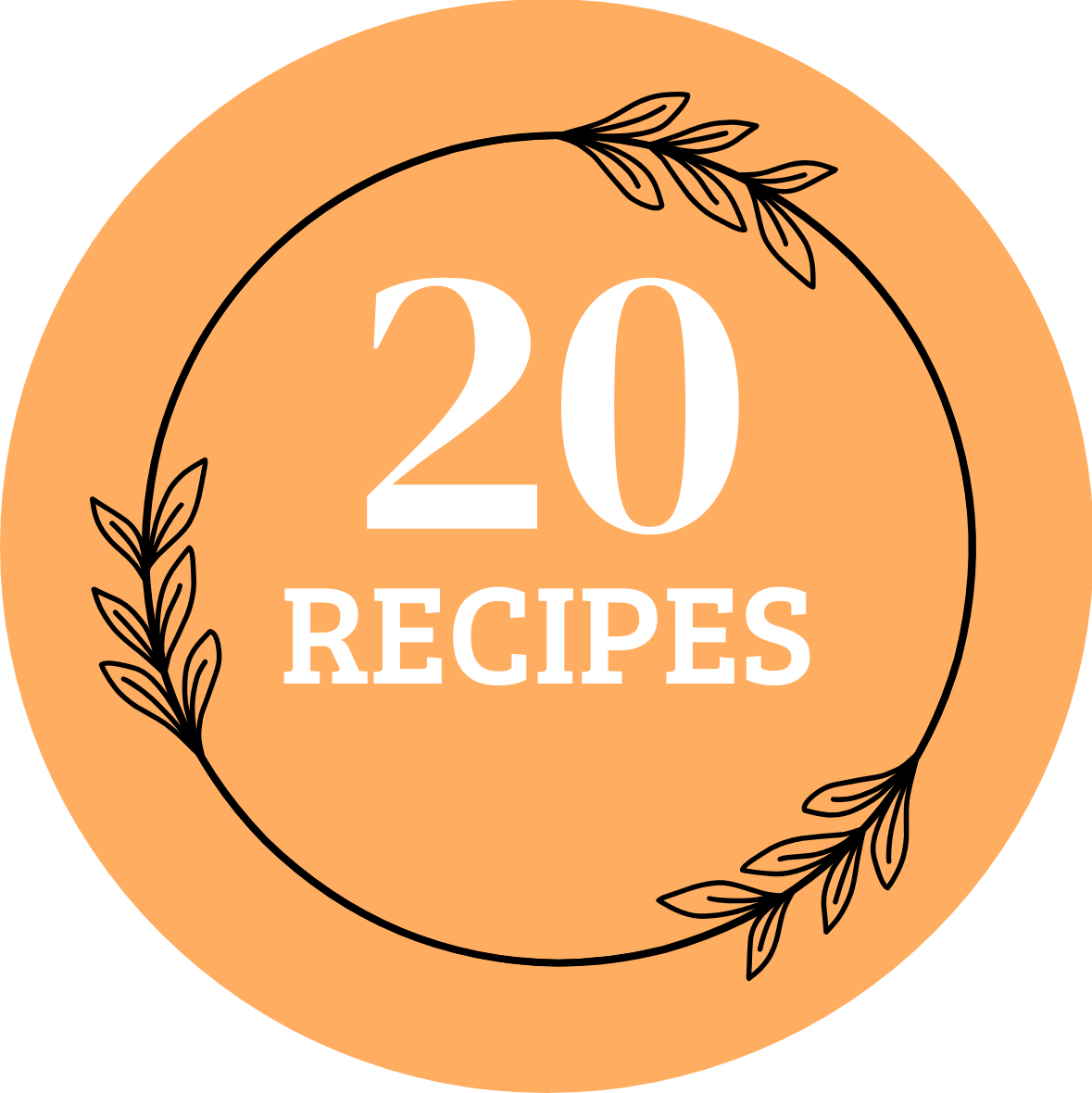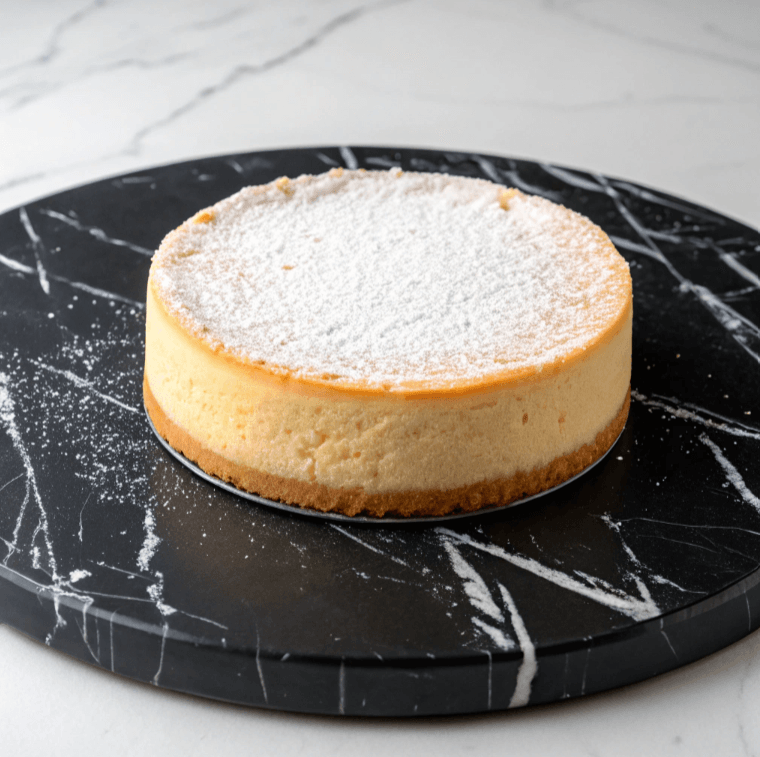Cheesecake is one of the most popular desserts, but traditional recipes often use cream cheese, which can be high in fat and calories. Many bakers are now exploring whether cottage cheese can be a healthier alternative without compromising flavor. In this article, we’ll explore how cottage cheese works in cheesecake recipes, along with tips, recipes, and answers to frequently asked questions.
Why Use Cottage Cheese for Cheesecake?
1. Health Benefits of Cottage Cheese
Cottage cheese is rich in protein, low in fat, and packed with calcium, making it an excellent choice for healthier desserts. Compared to cream cheese, it offers:
- Lower calories – Great for weight management.
- High protein content – Keeps you full longer.
- Essential nutrients – Supports bone health.
To learn more about using cottage cheese in desserts, check out this related article on Cottage Cheese Cake: A Nutritious and Versatile Dessert.
2. Nutritional Comparison to Cream Cheese
Unlike cream cheese, which is high in fat, cottage cheese can be blended into a smooth, creamy consistency while retaining its high-protein content. For those looking to bake with cottage cheese, you may also be interested in this detailed guide on Is Cottage Cheese Good for Baking?.
Additionally, cottage cheese is widely recognized for its versatility in cooking and baking. If you’re curious about its health benefits, check out this detailed guide from Healthline on Cottage Cheese Nutrition to discover more about its nutrients and uses.
Best Cottage Cheese Cheesecake Recipes
1. Classic Baked Cottage Cheese Cheesecake
Ingredients:
- 2 cups cottage cheese (blended).
- 3 eggs.
- 1/2 cup sugar.
- 1 teaspoon vanilla extract.
- Graham cracker crust.
Instructions:
- Blend cottage cheese until smooth.
- Combine eggs, sugar, and vanilla. Mix with cottage cheese.
- Pour into crust and bake at 350°F for 45 minutes.
- Cool completely before serving.
2. No-Bake Cottage Cheese Cheesecake
For those who prefer a quicker option, this no-bake recipe is perfect.
Ingredients:
- 1 1/2 cups cottage cheese (blended).
- 1 cup Greek yogurt.
- 1/2 cup honey.
- 1 packet gelatin dissolved in water.
- Fresh fruit for topping.
Instructions:
- Blend cottage cheese and Greek yogurt.
- Add honey and gelatin. Mix well.
- Pour into a crust and refrigerate for 4 hours.
- Top with fruit before serving.
FAQs About Cottage Cheese Cheesecake
1. Can Cottage Cheese Replace Cream Cheese?
Yes, cottage cheese can be blended to create a smooth texture similar to cream cheese.
2. Is Cottage Cheese Cheesecake Healthy?
Absolutely! With high protein and low calories, it’s a nutritious option for dessert lovers.
3. Can Cottage Cheese Cheesecake Be Made Gluten-Free?
Yes, simply use a gluten-free crust made with almond flour or oats.
Tips for Perfect Cottage Cheese Cheesecake
1. Blend Well for Creamy Texture
Cottage cheese naturally has curds, so use a high-speed blender or food processor to achieve a smooth consistency. Add liquid ingredients gradually and strain excess liquid if needed for better texture.
2. Use Stabilizers for Structure
Cottage cheese lacks the firmness of cream cheese, so add:
- Gelatin – Ideal for no-bake cheesecakes.
- Cornstarch or flour – Great for baked versions.
- Eggs – Acts as a natural binder for structure.
3. Chill Thoroughly for Firm Texture
Refrigerate for at least 4 hours (preferably overnight) to allow the cheesecake to set properly. Cool baked cheesecakes at room temperature before chilling to avoid cracks.
4. Experiment with Flavors
Customize your cheesecake by adding:
- Citrus zest or vanilla extract for freshness.
- Spices like cinnamon and nutmeg for warmth.
- Fruit compotes, berries, or chocolate for sweetness.
5. Prevent Cracks in Baked Cheesecakes
- Mix gently to avoid air bubbles.
- Bake in a water bath for moisture.
- Don’t overbake – The center should jiggle slightly when done.
6. Perfect Your Crust
Choose from:
- Graham crackers – Classic choice.
- Nut-based crusts – Gluten-free and crunchy.
- Oat crusts – High in fiber.
Pro Tip: Pre-bake crusts for 5–10 minutes to prevent sogginess.
Final Thoughts
With proper blending, stabilizers, and flavor enhancements, cottage cheese creates a light, creamy, and nutritious cheesecake. It’s a versatile option for both baked and no-bake recipes, allowing you to enjoy a delicious dessert without the guilt.
Serving Suggestions
- Top with fresh berries, honey, or caramel drizzle.
- Serve with fruit coulis or chocolate ganache.
- Pair with nut crusts for added texture.
Conclusion
So, can cottage cheese make cheesecake? The answer is a definite yes! With its low fat, high protein, and creamy texture, cottage cheese offers a healthier alternative to cream cheese. Whether you prefer a baked cheesecake or a no-bake version, it’s versatile enough to suit any occasion.
For more inspiration, explore Protein Baked Oatmeal: A Healthy Start to Your Day as another protein-packed breakfast or dessert idea.
Start experimenting today and enjoy a healthier take on this timeless dessert!

